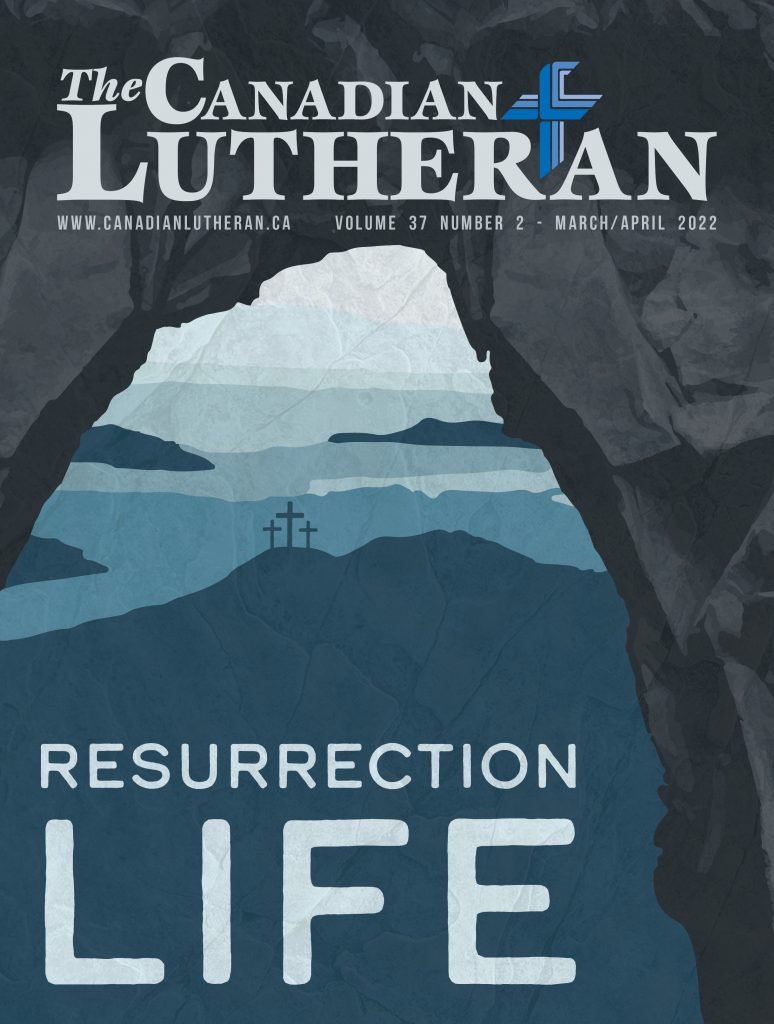The Cruciform Cosmos
 by Mathew Block
by Mathew Block
In his book, Orthodoxy, G.K. Chesterton writes that the shape of the cross makes a good symbol for our faith’s explanative power. Starting from a single point, the arms of the cross reach out in four directions. And no matter how far you draw those arms, it remains a cross. “Though it has at its head a collision and a contradiction,” Chesterton says, the cross “can extend its four arms forever without altering its shape.” In the same way, Christianity starts from a single point and stretches out its arms to encompass the entire universe. Like the arms of a cross, it reaches out and embraces the whole of reality.
I thought of this passage a few years ago when astronomers announced that the stars in the centre of our galaxy form an x-shaped structure. The ‘x’ symbol has a unique place in Christian symbolism. In Greek, it is of course the letter chi—the first letter in the name of Christ. But the ‘x’ can also be interpreted as a rotated, or “portate,” cross (think of Jesus bearing the cross on His shoulder on the way to Golgotha).
The image struck me as terribly beautiful—the idea that, even in the centre of our galaxy, the cross should be emblazoned, its arms reaching out, as Chesterton once envisioned, to fill the entire universe.
The mechanism which gives the centre of our galaxy—and others—their cross-shape arises of course from natural causes. It’s easy to dismiss it as a result as mere coincidence. But our God is God also over natural causes. There is such a thing as divine coincidence. There is such a thing as providence.
The image struck me as terribly beautiful—the idea that, even in the centre of our galaxy, the cross should be emblazoned, its arms reaching out, as Chesterton once envisioned, to fill the entire universe.
Consider our own language. It is coincidence that the words “sun” and “son” are homonyms. And yet this coincidence has a beautiful effect: every evening we watch the setting of the sun and the coming of darkness only to see it rise anew in the morning—a perpetual witness to the Son who likewise descended into the deep places of the earth and rose in glory three days later. Sunset and sunrise become a symbol for us of the death and resurrection of Christ. The coincidence takes on new meaning through the providence of God.

In the same way, Martin Luther and countless other Christians down through the centuries have interpreted the change of seasons as a symbol of the promise of the resurrection. “God has written this article of the last day and resurrection of the dead not only in books,” Luther says in one sermon, “but also in trees and other creatures… For this wretched life on earth is like the unfruitful winter when everything dries up, dies, and decays. But it shall then have an end, and the beautiful, eternal summer shall come.”
We may meditate similarly on this cruciform (i.e., cross-shaped) cosmos in which we find ourselves. After all, is it too much to believe that the God who wrote His glory in the stars (Psalm 19:1) might also have written there His love? “For God so loved the world”—the Greek word here is literally “cosmos”—that He gave His only Son, that whoever believes in Him should not perish but have eternal life” (John 3:16). The cross of Christ—the love of Christ—reigns over all creation. It is the crux—Latin for the “cross”—on which all things depend.
The author Richard John Neuhaus says something similar when he writes that Good Friday and the days surrounding it are the pivotal point not only of our faith but of all creation: “Everything that is and ever was and ever will be, the macro and the micro, the galaxies beyond number and the microbes beyond notice—everything is mysteriously entangled with what happened, with what happens, in these days. This is the axis mundi, the centre upon which the cosmos turns.”
We see this clearly in the Scriptures. For when Christ is crucified, it is not only His followers who grieve; creation itself shudders at the death of the One in Whom all things hold together. Darkness envelops the sun. The earth groans and trembles. The entire cosmos rebels—and, like the centurion, we cry out: “Surely this was the Son of God!”
At the cross, God tastes death. But—glorious mystery!—He is not overcome thereby. He vanquishes death. He swallows it up in life. He rises from the grave triumphant, destroying death and hades, utterly breaking their power.
And He turns to us too, invites us to be united with Him in His death that we might also be raised with Him to new life. He sets the cross of Christ not merely in the stars but before our eyes. He erects the cross not only at the centre of a galaxy but in the inner-places of our hearts. He transforms the world that He might become our world—that we too might share in His mercy. He gives us, and all creation with us, new life—His life—through the power of the cross.
“In Him all the fullness of God was pleased to dwell, and through Him to reconcile to Himself all things, whether on earth or in heaven, making peace by the blood of His cross.” | Colossians 1:19
———————
Mathew Block is editor of The Canadian Lutheran and the Communications Manager of the International Lutheran Council (ILC).




